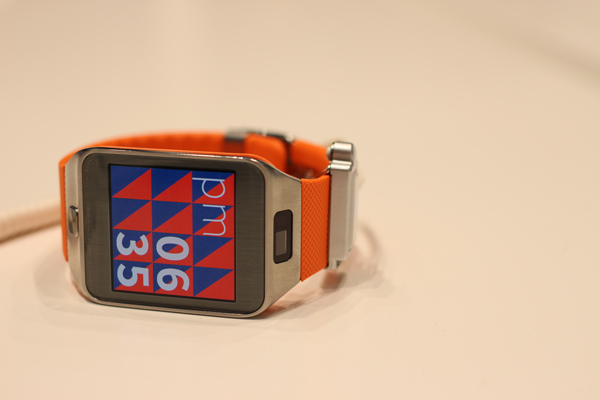Will Wearable Tech Ever Replace the Phone?
Ten years ago wearable technology was a relatively unknown thing. Most people would think of science fiction of some niche prototype device, if they knew about the concept of wearable tech at all. Ask somebody today to describe wearable technology to you, and they’ll probably talk about the latest round of smart watches, or maybe Google Glass.
Wearable technology is steadily gaining ground, but what we have today is similar to the walkmans or satellite phones of the past: clunky, limited, and unreliable. Smartwatches and head mounted displays are just the beginning of a universe of possibilities. Wearable technology will expand in more numerous and impactful ways than smartphones have in the past ten years. From security to socializing, here are the implications.
Smartwatches
Let’s start with smartwatches. Today’s devices, like Apple Watch, need to be paired to a smartphone in order to work. They offer small UIs that interact with apps on their smartphone counterparts, allowing the user to manage their emails, messages, music, maps, photos, and more at the literal flick of a wrist. This is exciting for people who like gadgets and experimenting with the latest in peripherals, but the smartwatch has much more potential. For instance many companies are now able to run their security camera systems entirely from their smart phones. Thanks to technology they can use IP camera hosting to have their systems all set up using cloud computing, and then activate them from their personal watches.
Expand this further, and cut the smart watch from the phone completely. An independent smartwatch would be able to serve every role a phone can without the bulk and inconvenience. But would customers necessarily want this? The trend has been for smartphones to become larger, not smaller. Screen space is valued for the utility it provides in browsing the internet, interacting with apps, managing photos, and more. It is unlikely that the smartphone will be replaced completely for a very long time, and it would take a revolutionary innovation instead of the incremental innovation that the smartwatch is. So what kind of innovative piece of wearable tech could do this?
Augmented Reality
Augmented reality is an up and coming technology that is being pioneered by tech giants like Microsoft. Microsoft’s Hololens is a head mounted display that projects computer rendered images onto a transparent display over the user’s eyes, giving the impression that the projection exists in the real world. This allows for the user to project TV screens, complex 3d models, videogames, and even video conferences onto the real world. Right now the device is bulky and limited, but the technology is new and represents the possibility of a significant paradigm shift in wearable tech that will come to fruition in about ten years.
Imagine a small-form device that can be coupled with glasses or even contact lenses (displays that fit on contact lenses are in the early stages of successful production). These HMDs would be inconspicuous and lightweight, looking like normal fashion accessories to the passing observer. But to their user, they will change everything about how they interact with their world. A small augmented reality display coupled with a smartphone (or even replacing one) will allow its user to turn every physical space into their canvas.
Let’s run through a scenario: Jane has the latest AR device, which looks like her choice of designer eyewear. She goes to the market to buy something from the store, and the device networks with the business’ wifi automatically. The business feeds all kinds of important info to her AR display, such as product information, advertisements, even store maps, all projected into her field of view as if they were physical signs. Jane can interact with them or dismiss them in any way she wants. She can manage her shopping list at the glance of an eye, and receive video-calls from her husband at home. But nobody passing by her will know any of this is going on, because Jane is just wearing glasses!
Science fiction writers have discussed the potential uses of AR in spades, but the future of AR won’t be sci-fi for much longer. People are already needing to come to terms with the social and security implications of such a device. For example, businesses will need to consider that customers with AR devices will be able to augment their shoplifting capabilities with map overlays. They will be able to discreetly record sensitive environments and information. But these drawbacks won’t act as barriers to the introduction of AR, because the future of technology is in wearable devices. You should be ready for it!









